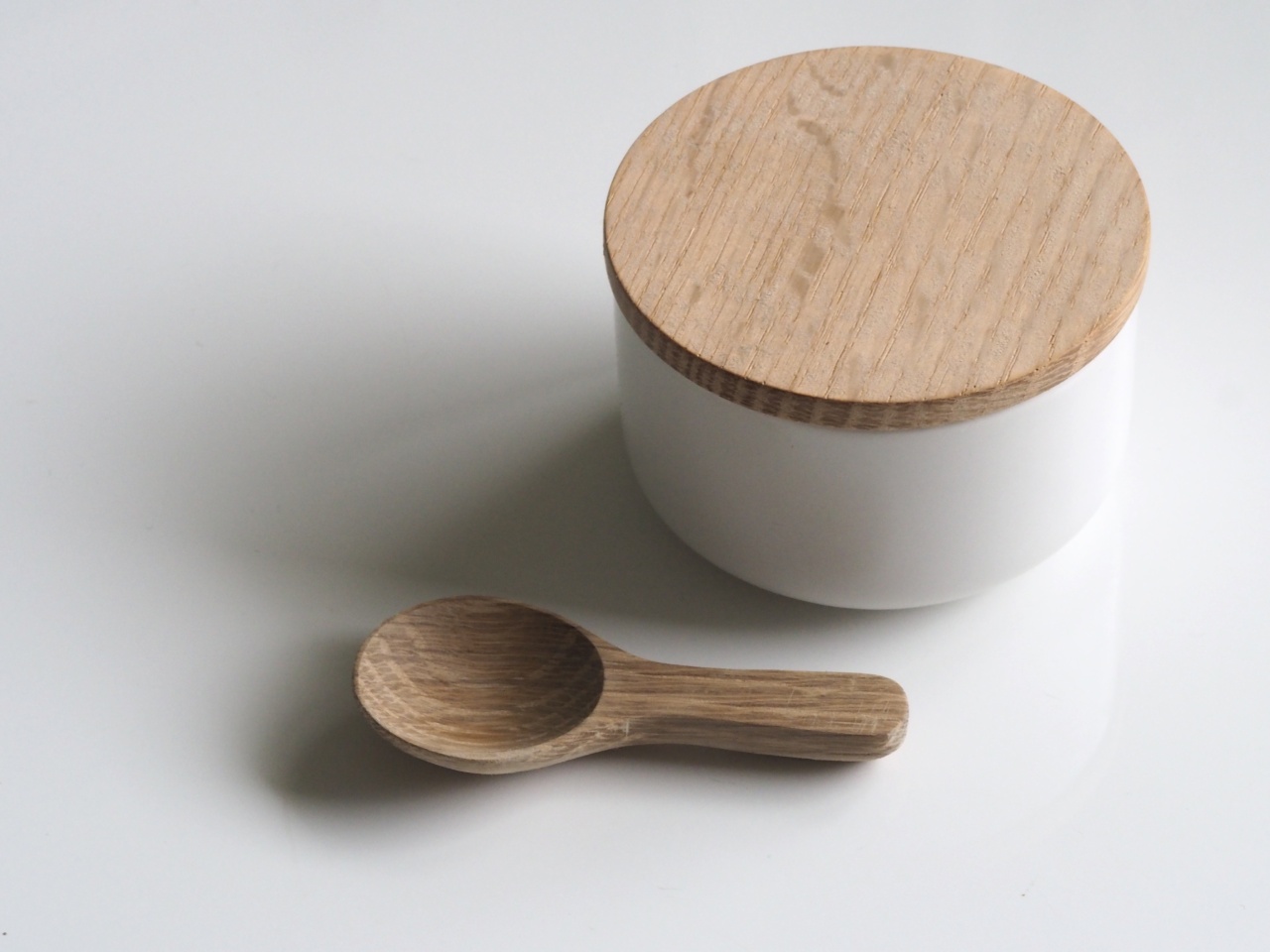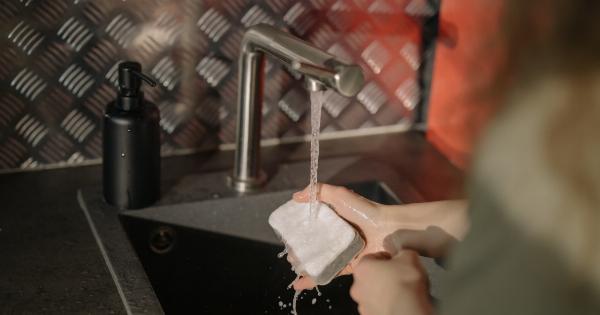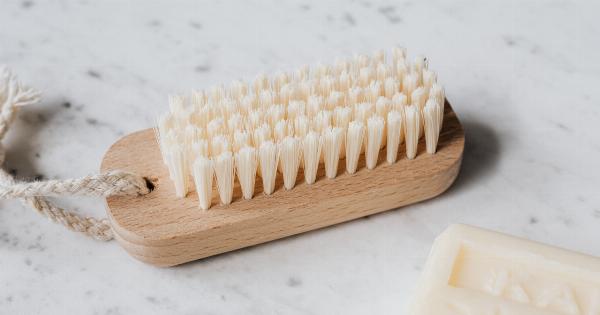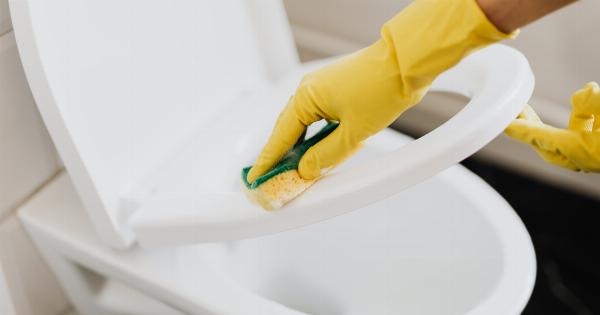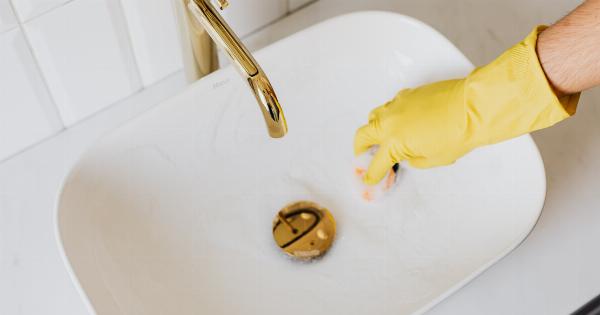When it comes to keeping your kitchen clean and hygienic, one household item that often gets overlooked is the kitchen sponge. This humble tool is used daily for washing dishes, wiping countertops, and cleaning various surfaces.
But have you ever wondered how frequently you should be replacing your kitchen sponge? In this article, we will explore the lifespan of a kitchen sponge, signs that indicate it’s time to toss it out, and tips for maintaining a clean sponge.
Understanding the lifespan of a kitchen sponge
Kitchen sponges are made of porous materials that quickly absorb water and soap to help scrub away dirt and grease. However, this absorbent nature also means that they can become a breeding ground for bacteria if not properly cared for.
The average lifespan of a kitchen sponge can vary depending on factors like usage, cleaning habits, and the environment it is used in.
Factors that affect sponge lifespan
1. Usage frequency: One of the primary factors that determine how frequently you should swap out your kitchen sponge is how often you use it. The more you use your sponge, the faster it becomes worn out and less effective at cleaning.
If you cook and clean frequently, you may need to replace your sponge more often.
2. Cleaning habits: Properly cleaning your kitchen sponge after each use can help extend its lifespan. Rinse it thoroughly with warm water and squeeze out any excess moisture to prevent bacteria from multiplying.
Some people also prefer to sanitize their sponges by microwaving them or soaking them in a vinegar solution. Regular cleaning can significantly reduce the growth of bacteria.
3. Environment: The environment in which you use your kitchen sponge can also impact its longevity. For example, if you frequently use your sponge to clean up raw meat or other potentially harmful substances, it may become contaminated more quickly.
Additionally, if you live in a particularly humid area, your sponge may stay damp for longer periods, creating an ideal breeding ground for bacteria.
Signs that indicate it’s time to replace your sponge
While there is no set timeframe for when to replace your kitchen sponge, certain signs can indicate that it has reached the end of its useful life. Here are some signs to watch out for:.
1. Foul odor: If your sponge starts to emit a strong, unpleasant smell even after cleaning, it’s a clear indication that bacteria have colonized the sponge. This odor can be quite distinct and may resemble a musty or mildew-like smell.
2. Discoloration: If your sponge begins to change color or develop dark spots that don’t seem to come off with cleaning, it could be a sign of fungal or bacterial growth.
These growths may not always be visible to the naked eye, but discoloration is a good indicator that something is amiss.
3. Reduced effectiveness: As a sponge wears out, it becomes less effective at cleaning. If you notice that your sponge is no longer lifting dirt or lathering properly, it may be time to replace it.
4. Visible wear and tear: Examine your sponge for any signs of wear and tear such as frayed edges, holes, or a general breakdown of the sponge material. Once a sponge starts falling apart, it becomes less hygienic and less useful.
Tips for maintaining a clean sponge
While it’s inevitable that you will need to replace your kitchen sponge at some point, there are several steps you can take to prolong its lifespan and keep it as clean as possible:.
1. Rinse thoroughly: After each use, rinse your sponge thoroughly under warm water to remove any food particles or soap residue. Squeezing it out well will also help to eliminate excess moisture.
2. Allow to dry: To prevent the growth of bacteria, it is crucial to allow your sponge to dry completely between uses. A damp sponge acts as a breeding ground for bacteria, so place it in a dry area or use a sponge holder with proper ventilation.
3. Regularly clean and disinfect: Along with rinsing, it’s a good idea to regularly clean and disinfect your kitchen sponge.
You can accomplish this by microwaving a damp sponge for about one minute, soaking it in a mixture of water and vinegar, or using a commercial sponge sanitizing product.
4. Rotate or use multiple sponges: Using the same sponge continuously can lead to faster wear and tear. Consider rotating between two or three sponges to give them time to dry out and prevent the build-up of bacteria.
5. Store in a hygienic manner: Avoid storing your sponge in damp or unclean areas such as the bottom of the sink or on a wet countertop. Instead, choose a sponge holder that will keep it elevated and allow for proper drying.
Conclusion
Keeping your kitchen sponge clean and regularly replacing it is essential for maintaining a hygienic kitchen environment.
While the exact lifespan of a sponge may vary, monitoring for signs of wear, discoloration, and a foul odor can help you determine when it’s time for a replacement. By following proper cleaning and storage practices, you can extend the lifespan of your sponge and reduce the risk of bacterial contamination in your kitchen.
